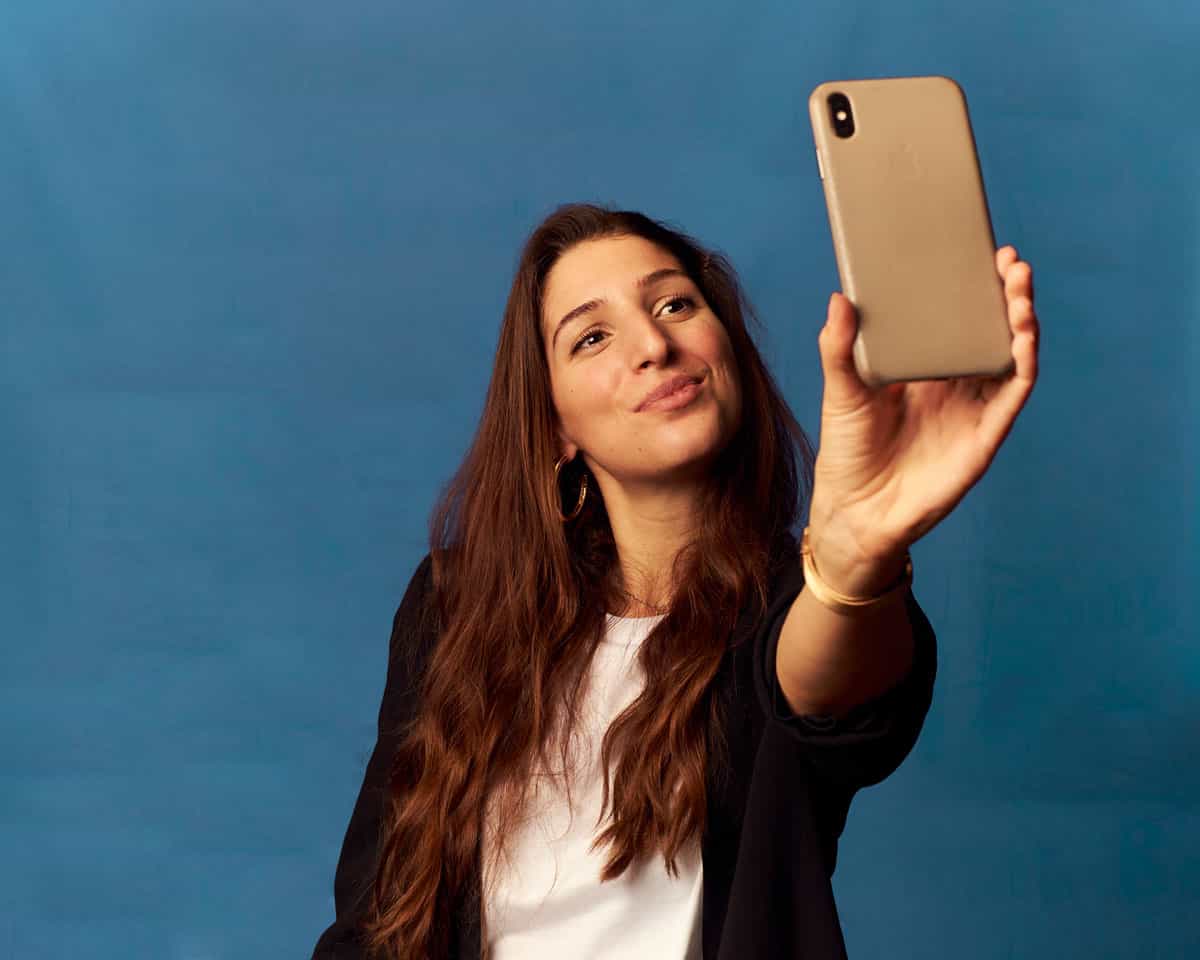Celebrating a diverse and global workforce through the power of Storytelling
Sarah Robertson takes a coffee break with Seenit
We all know how much of a difference an inclusive culture can play in raising employee engagement - of course, that’s not something that can be achieved overnight. To build a more inclusive world, we need to shine a spotlight on the individual stories of people within organisations and create a safe space that makes everyone feel recognised.
So, how can you use storytelling to embrace and celebrate your diverse workforce? 🤔
As part of our ongoing webinar series, we spoke to award-winning Executive Producer and Comms Specialist Sarah Robertson. Sarah’s impressive career spans from producing Masterchef and a number of documentaries to working as an employment advisor before she moved to comms and PR. For the last six years, Sarah has been shining the spotlight on the stories within the global HSBC team as part of her role as a visual communications specialist.
We’ll deliver our latest content straight to your inbox
Here are some of the key points she shared with us on her experience of celebrating a diverse workforce through storytelling…
1. Find stories that centre around a universal theme
Every story has themes - whether they’re explicitly mentioned or bubbling under the surface. Universal themes such as identity, purpose, love or struggle are concepts that everyone can connect with. Not only do these human stories celebrate the people at the heart of them, but they are easily relatable to the viewer - no matter their age, race, gender or background. Sarah and her team found it impactful to share stories about people who had been through something challenging. Equally, she highlighted the importance of celebrating those who had done something positive for a colleague. These stories connect the brand’s values with the people’s actions, helping to foster a shared culture across a globally dispersed workforce.
2. Get the right people in the room
As well as a dedicated D&I team, make sure to include your employees in your storytelling from day one. By getting your diverse employees involved at an early stage, you invite them to shape the story. UGC is a highly personal format - when done well, it can build empathy with an audience and create a sense of connection. The insights your people can provide during the planning phase will be invaluable in celebrating the diversity of your workforce.
3. Set your goals and embrace accountability
When it comes to production, the more work you can do upfront, the better. Before you launch right in, define the purpose of the content and the mediums you want to use. It could be a pure user-generated video compilation or a mix of images, audio and video. This will help to make the project take off more quickly rather than stagnating on a To-Do list. Sarah rightly mentioned how such projects fall to the wayside if there isn’t one person heading it up. Instead of treating it as a “nice to have”, make sure you’ve got a dedicated individual or committee leading the charge.
4. Involve people in your storytelling
Keep it simple. Asking too many questions in your brief/filming instructions will make your people feel overwhelmed by the ask. Employees can feel nervous getting involved in projects that put the spotlight on them, but by keeping the brief succinct and asking only 1-2 questions, you encourage participation. Sometimes, the best content is the unplanned moments that are captured from an unscripted scene. These moments humanise the content and create a sense of togetherness.
5. Build trust with the people you’re going to include
During the webinar, Sarah touched on how many diverse employees aren’t going to speak up unless they feel comfortable doing so. Rather than asking the right questions, it’s about showing your people that there is a support network for them. If they feel comfortable, they will use the platform as an opportunity to educate others on their experiences. They aren’t going to share stories spontaneously, but the safer they feel doing so, the more likely they will be to get involved in the future.
Every organisation is different, and so too will be the appetite for talking about sensitive subjects. The most important thing you can do from an early stage is to get the right people in the room. At HSBC, Sarah had a dedicated D&I team, but she explained how beyond this, it was vital to involve the people from minority groups themselves. By co-creating with the right people, you create an environment where diverse employees feel empowered to speak about the challenges they have experienced.
Finally, Sarah advised those starting on their diversity storytelling journey to be bold and to take a leap of faith. Rather than waiting until the right pieces are in place in terms of policies and processes, start raising awareness of diversity and inclusion by sharing those stories. In other words, change won’t happen unless you start making tangible efforts to create inclusion. It may not be a silver bullet, but storytelling can be the perfect tool in celebrating your diverse workforce and fostering a sense of mutual understanding.
Want to learn more about how storytelling can be used to bring your D&I strategy to life? Get in touch with our Seenit experts!




